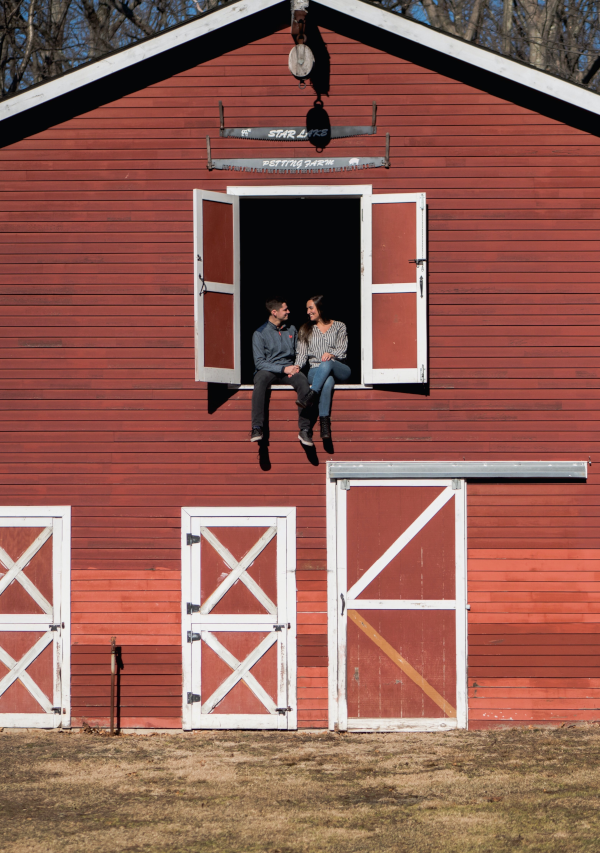This post is a living document and will be altered as new information comes to light.
Buying a place to build a homestead is a mentally monumental task. As a student of permaculture, I am using my training to avoid Type I errors and, hopefully, design a homestead that is fun and efficient to live in. Here I attempt to prioritize our property needs.
- Internet Access
- Acreage
- Gentle slopes
- Road Access
- Shelter (materials, animals, people)
- Water
- Sewage
- Electricity
- Heating/Cooling
- Fence
- Pond/s
- Streams
- Pasture
- Forest
- South-east facing
Internet
Internet access is an absolute must. My husband works in the IT field and in order to do his job, he must be able to dial in at a moment’s notice. The children and I also enjoy connectivity for socializing, learning, and leisure.
Acreage
We have outgrown our five acres in Ohio and wish to expand our operation to include more and different kinds of ruminants. We would like to have twenty-ish acres to work with. More AU/Acre=good.
Gentle Slopes
My design ideas all work better with some gentle inclines/declines in the landscape. Flat land would work, but I’m a bit leery of flooding. Steep land could work but it would have to be limited. I don’t want to need a 4×4 to get onto the land. There are designs in mind that would need public access to at least part of the land.
Road Access
We would like to get onto our land without crossing someone else’s land. Being able to build a two-lane driveway at the road would be a major plus. Having space to put a small parking lot would be ideal.
Shelter
We will be needing shelter of some sort quickly but we can add it ourselves if necessary. A barn for building supplies and livestock shelter would be a good start. We have an RV we can stay in until living quarters are available.
Water
I can haul water if we need to. I intend to place water catchment up as soon as is practical. From what I have read, Tennessee tends to have a high water table so a well might be an option depending on the mineral content. Municipal water, if available, will help us get on the land faster but will be relegated to a luxury at this point.
Sewage
If there’s a septic on the land, awesome. If not, the RV black tanks will be useful in the short term until we can build our composting and grey water systems.
Electricity
Again, if it exists and doesn’t cost an arm and a leg to hook up, great for the short term. We have intention to install alternative power systems as soon as practical. We already have a generator to use while we set it up.
Heating/Cooling
Tennessee has less of the cold and more of the warm than Ohio. My preference is to build a geothermal system for both needs and augment heating with a rocket stove/mass in occupancy zones. Augmented cooling may be fans and portable or window AC units. Super-insulation will be key to maintaining comfort.
Fence
Fencing is a no-brainer. If it exists already, that’d be amazing. If not, I’ve got some experience putting it up and can probably knock that out quickly once the property lines have been cleared.
Pond/s
One or more ponds would be ideal for watering livestock and irrigation of the pastures. This is a giant plus if they already exist but they will be built if not.
Streams
If water runs through the property and the deed comes with water rights, this would be pretty darn cool and useful for building a ram pump to push water uphill and maybe a hydro-electric turbine. Cool, but not a deal-breaker.
Pasture
Pasture is something we really need but are willing to develop over time. We already own sheep and they will need a place to graze when we move but a stash of hay will help.
Forest
We want trees on the property. Not ALL trees, but enough to make some silvo-pasture and a place to raise some happy pigs. Being able to produce some of our own building lumber and heat our home with our own firewood would be darned useful.
South-east Facing
This would be the ideal facing for plant-growing sunshine without getting cooked by the western sun in the summer.
